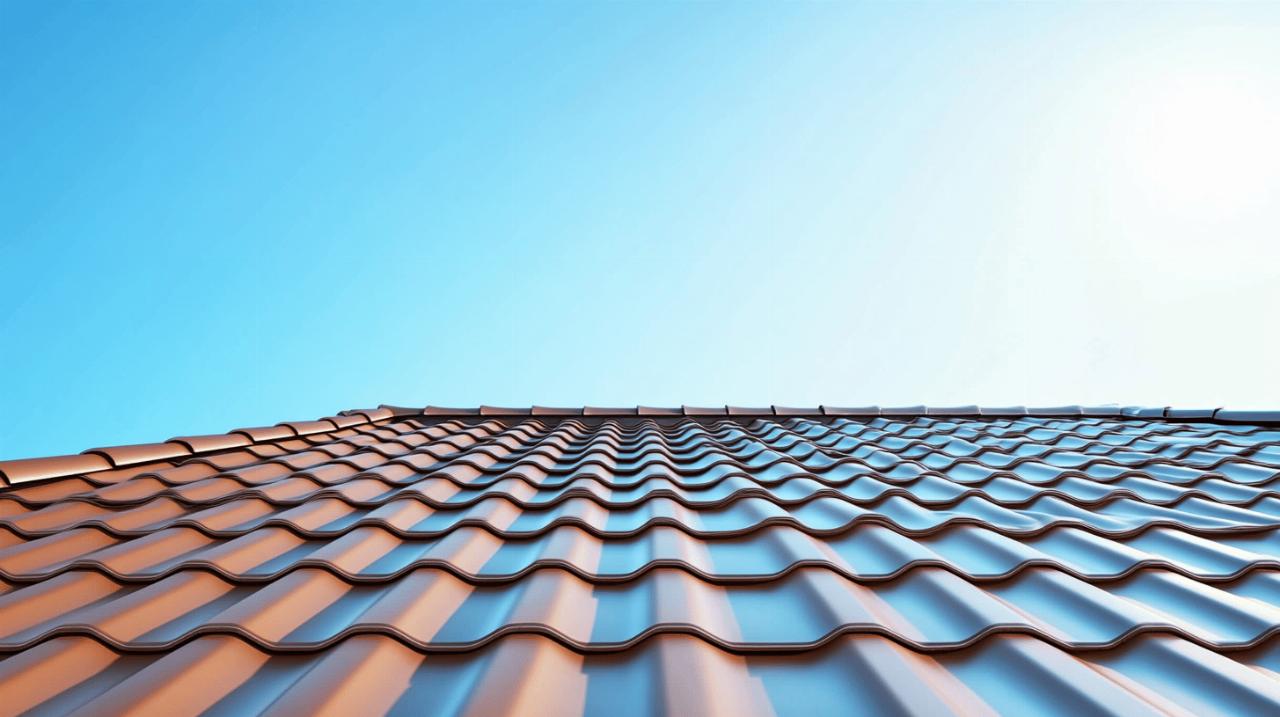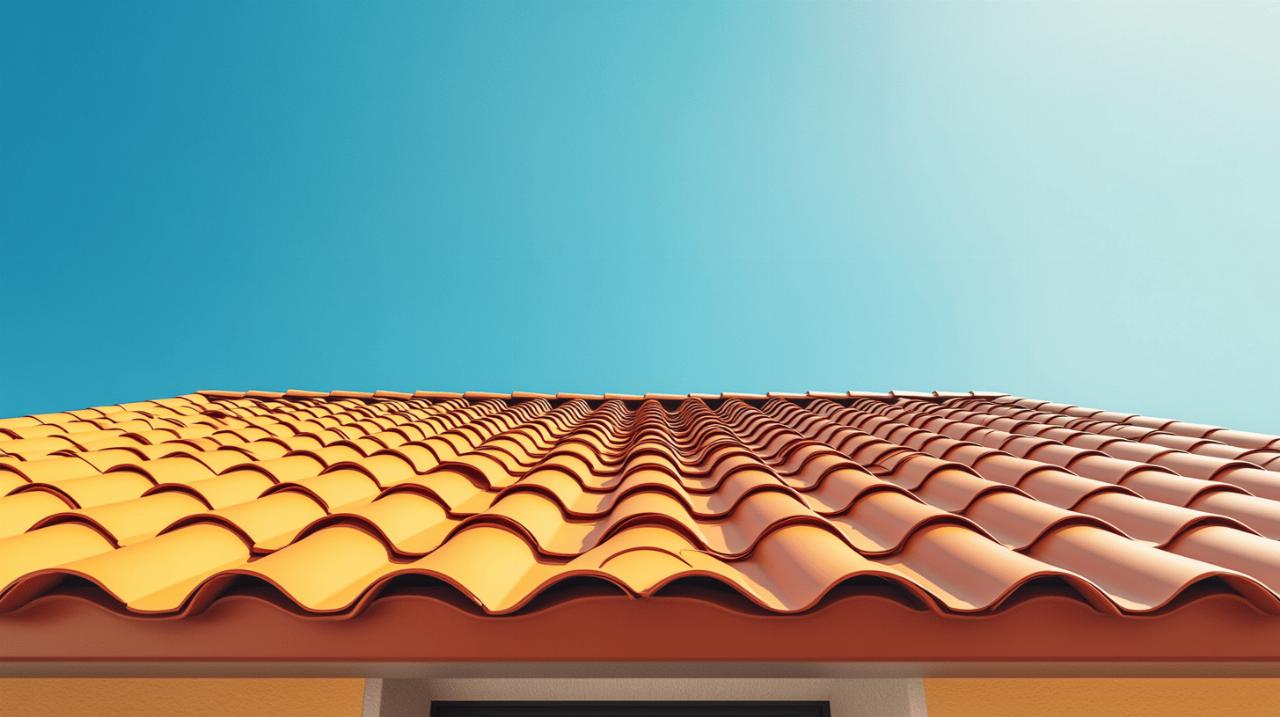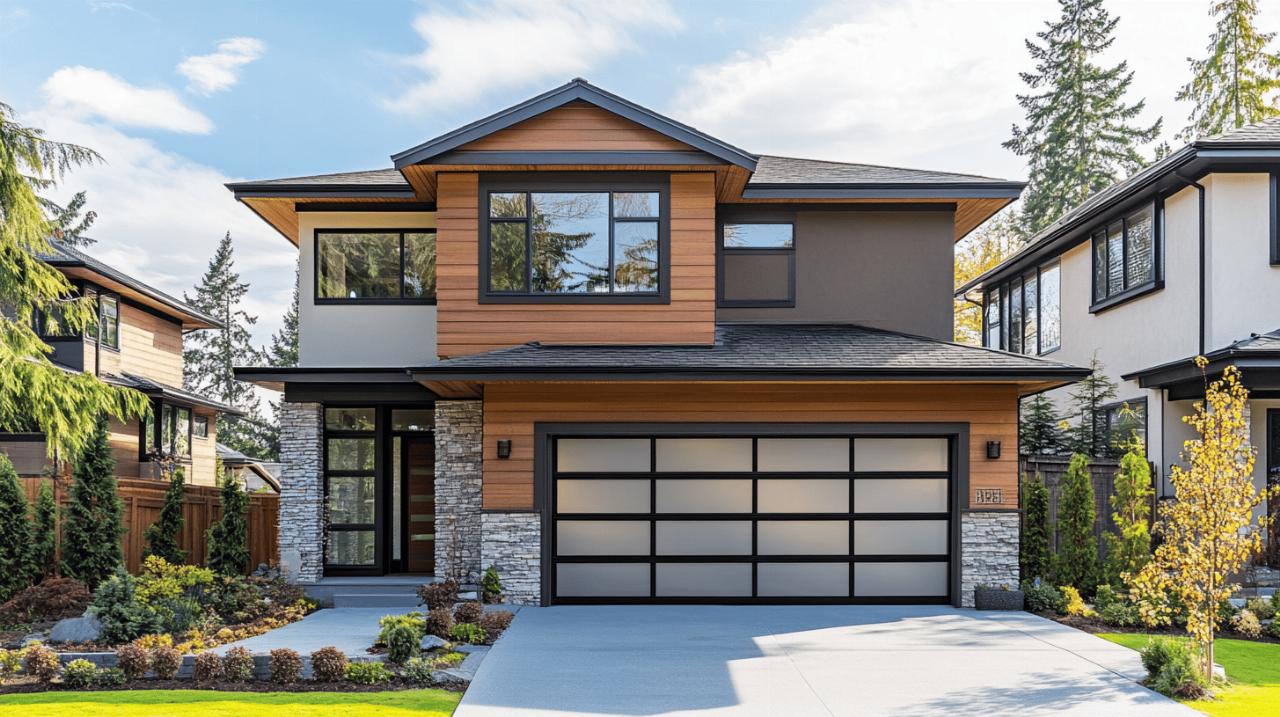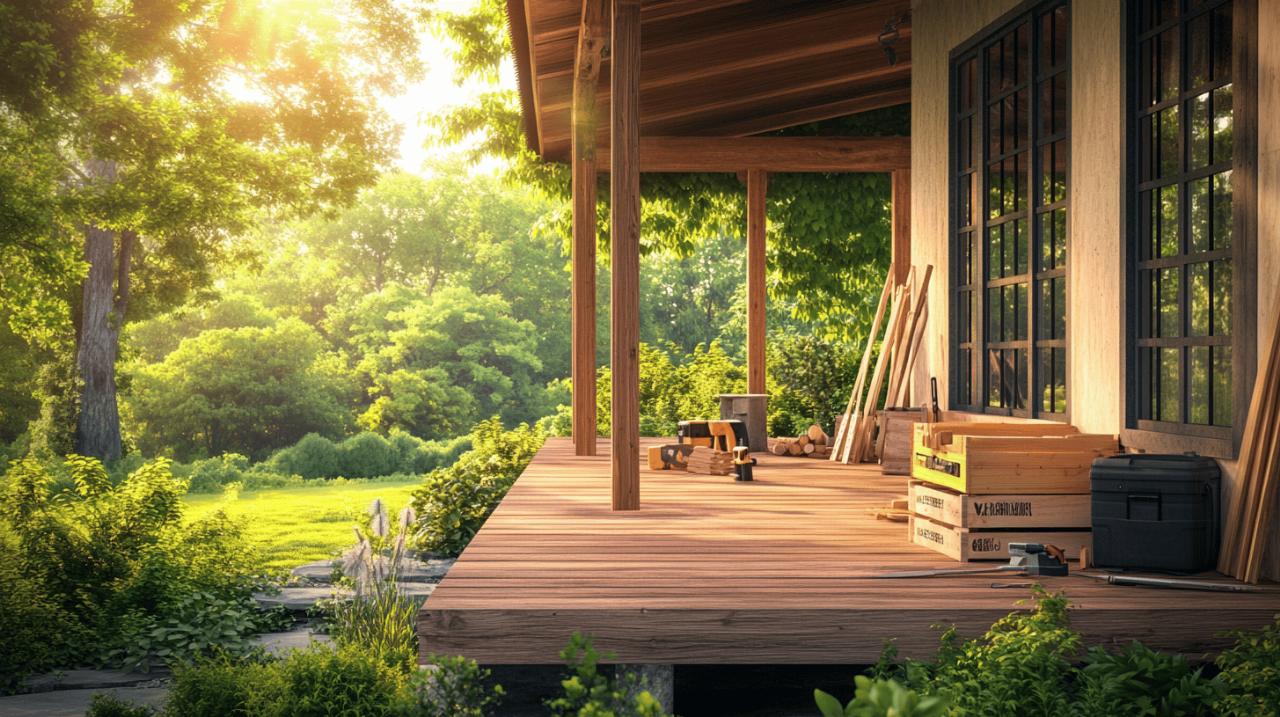How tile-effect roofing sandwich panel prices compare to traditional tiles: a long-term cost analysis
Choosing the right roofing material for your home or commercial building involves weighing up a multitude of factors, from aesthetic appeal to durability, and crucially, the overall financial commitment. Tile-effect sandwich panels have emerged as a compelling alternative to traditional clay or concrete tiles, promising not only the classic look homeowners desire but also potential savings and performance advantages. Understanding how these modern panels stack up against conventional roofing in terms of long-term cost can help you make an informed decision that benefits both your budget and your property's value over decades to come.
Initial Purchase and Installation Costs: Breaking Down the Numbers
When embarking on a roofing project, the first figures that capture attention are the upfront material and installation expenses. This initial outlay can vary considerably depending on the roofing solution selected. Traditional clay and concrete tiles have been the backbone of British roofing for generations, offering undeniable charm and a proven track record. However, their price per square metre can be substantial, particularly for premium clay varieties. The weight of these traditional materials also plays a role in the overall cost structure, as heavier tiles can demand reinforced structural support, adding to the expense before a single tile is laid.
Upfront Material Costs: Sandwich Panels vs Traditional Clay and Concrete Tiles
Tile-effect roofing sandwich panels present a different financial proposition from the outset. These factory-manufactured systems combine an outer steel layer, often galvanised and finished in a range of colours to mimic traditional tiles, with an insulating core of materials such as polyurethane foam or rock wool, and an inner steel layer. The material cost of sandwich panels is frequently more competitive than traditional tiles, particularly when considering the integrated insulation they provide. Traditional tiles require separate insulation layers beneath them, which adds to both material and labour expenses. The pricing of sandwich panels can be influenced by the thickness and type of insulation core selected, with polyurethane foam generally sitting at a lower price point than rock wool, which offers enhanced fire resistance and acoustic insulation properties. The steel gauge and any additional protective coatings also contribute to the final price, but the streamlined nature of these panels often results in a lower overall material cost compared to purchasing tiles, battens, felt, and separate insulation layers.
Labour and Installation Expenses: Where the Real Savings Begin
Installation represents a significant portion of any roofing budget, and this is where tile-effect sandwich panels truly begin to demonstrate their cost efficiency. Traditional tiling is a labour-intensive process requiring skilled tradespeople to individually fix each tile, a task that can be slowed considerably by inclement weather typical of the British climate. The installation speed of sandwich panels is markedly superior due to their lightweight construction and factory-manufactured precision. A competent team can install approximately six hundred square metres of sandwich panels in roughly eight hours, a pace that traditional tiling simply cannot match. This rapid installation translates directly into reduced labour costs, as fewer man-hours are required to achieve a weatherproof roof. The lighter weight of these panels, often around six to seven kilograms per square metre compared to traditional tiles which can exceed fifty kilograms per square metre, means they are easier to handle and manoeuvre during installation. This ease of handling not only accelerates the installation process but also reduces the physical strain on workers and the risk of on-site accidents. Furthermore, the reduced need for heavy lifting equipment and the simplified fixing process mean that the specialist skills required are less extensive than those needed for traditional tiling, potentially offering access to a broader range of contractors and more competitive quotes.
Long-Term Performance and Maintenance: The Hidden Costs of Traditional Roofing
The initial purchase and installation costs are merely the beginning of a roof's financial story. The true measure of value emerges over the years as the roof weathers storms, endures temperature fluctuations, and requires ongoing care. Traditional roofing materials, while time-tested, come with a set of maintenance demands that can accumulate into significant expenses over their lifespan. Understanding these long-term performance characteristics and maintenance requirements is essential for a comprehensive cost analysis.
Durability and Lifespan: Comparing Weather Resistance and Structural Integrity
Both traditional tiles and tile-effect sandwich panels are designed to withstand the rigours of the British climate, but their approaches to durability differ. Clay and concrete tiles are inherently robust and, when properly maintained, can last for several decades. However, they are susceptible to cracking from impact, such as falling branches, and can suffer from frost damage in colder regions, where water penetration can freeze and cause tiles to split. Over time, the mortar pointing and fixings can degrade, requiring periodic inspection and repair to maintain weathertightness. Sandwich panels, constructed from steel and insulating cores, offer excellent weather resistance. The steel outer layer, particularly when galvanised and coated, is engineered to resist UV rays, temperature extremes, and corrosion. These panels are designed to handle tough weather conditions without the same vulnerabilities to cracking or frost damage that plague traditional tiles. The integrated construction of sandwich panels means there are fewer individual components to fail, contributing to a longer lifespan with reduced risk of structural issues. While traditional tiles might boast a long lifespan with diligent care, sandwich panels can offer a similar or even extended longevity with notably less intervention, and many manufacturers provide guarantee periods extending up to forty years, underscoring their confidence in the product's durability.
Ongoing maintenance requirements: cleaning, repairs, and replacement cycles
The ongoing maintenance demands of a roof represent a recurring cost that must be factored into any long-term financial assessment. Traditional tiled roofs require regular inspections to identify cracked or slipped tiles, damaged flashing, and deteriorating pointing. Repairs often necessitate sourcing matching tiles, which can be challenging for older roofs, and the labour involved in accessing and fixing individual tiles can be costly. Cleaning traditional tiles to remove moss, algae, and debris is also a periodic necessity to prevent water buildup and potential damage. In contrast, tile-effect sandwich panels require minimal maintenance. Their smooth, steel outer surface is less prone to moss and algae growth, and any cleaning required is typically straightforward. The robust construction means that individual panel failures are rare, and when repairs are needed, the modular nature of the panels can simplify the process. The reduced maintenance requirements translate directly into lower ongoing costs, freeing homeowners from the regular expense and inconvenience associated with traditional roof upkeep. The durability and low-maintenance nature of sandwich panels mean that the replacement cycle is also extended, avoiding the significant expense of a full roof replacement that traditional tiles might necessitate after several decades of intensive wear and repair.
Energy efficiency and thermal performance: calculating your annual savings
 In an era of rising energy costs and increasing environmental awareness, the thermal performance of a roof has become a critical consideration. A roof that provides superior insulation can significantly reduce heating and cooling expenses, offering substantial annual savings that accumulate impressively over the lifetime of the property. This is an area where tile-effect sandwich panels demonstrate a marked advantage over traditional roofing systems.
In an era of rising energy costs and increasing environmental awareness, the thermal performance of a roof has become a critical consideration. A roof that provides superior insulation can significantly reduce heating and cooling expenses, offering substantial annual savings that accumulate impressively over the lifetime of the property. This is an area where tile-effect sandwich panels demonstrate a marked advantage over traditional roofing systems.
Insulation properties: how sandwich panels reduce heating and cooling bills
The core strength of sandwich panels lies in their integrated thermal insulation. The insulating core, whether polyurethane foam or rock wool, is designed to minimise heat transfer, keeping buildings warmer in winter and cooler in summer. This inherent energy efficiency means that buildings clad with sandwich panels can use up to twenty percent less energy overall compared to those with traditional roofing and separate insulation layers. In some cases, particularly with high-performance polyurethane foam cores, heating and cooling energy use can be reduced by up to fifty percent. This dramatic reduction in energy consumption translates directly into lower utility bills month after month, year after year. Traditional tiled roofs, even when supplemented with separate insulation beneath, often struggle to match the seamless thermal performance of factory-manufactured sandwich panels, where the insulation is precisely integrated and free from the thermal bridging that can occur with piecemeal insulation installations. The superior thermal efficiency of sandwich panels also means that buildings often require less powerful and therefore less expensive heating and cooling systems, offering further capital savings at the outset of a project.
U-values and building regulations: meeting modern energy standards cost-effectively
Building regulations in the UK mandate specific thermal performance standards, often expressed as U-values, which measure the rate of heat transfer through a building element. Meeting these stringent requirements is not optional, and the choice of roofing material can significantly impact the ease and cost of compliance. Sandwich panels, with their integrated high-performance insulation, are specifically engineered to achieve excellent U-values, often surpassing the minimum requirements set by building regulations with ease. This means that specifying sandwich panels can simplify the design process and reduce the need for additional insulation measures to meet compliance. Traditional tiled roofs require careful planning and the addition of sufficient insulation beneath the tiles to achieve the necessary U-values, which can add complexity and cost to the project. The factory-manufactured nature of sandwich panels ensures consistent thermal performance across the entire roof, eliminating the variability that can occur with site-installed insulation. This consistency not only guarantees regulatory compliance but also provides confidence in the long-term energy efficiency and cost savings that the roof will deliver. By meeting modern energy standards cost-effectively, sandwich panels offer a pathway to a thermally efficient building envelope without the premium price tag that might be associated with achieving comparable performance using traditional roofing systems.
Total cost of ownership over 25 years: which roofing solution offers better value?
The ultimate financial verdict on any roofing choice cannot be based solely on the initial purchase price or even on short-term considerations. A comprehensive understanding requires a lifecycle cost analysis that accounts for every penny spent over an extended period, typically the expected lifespan of the roof or a significant portion thereof, such as twenty-five years. This holistic view reveals the true value proposition of each roofing solution.
Lifecycle Cost Analysis: Factoring in Installation, Maintenance, and Energy Savings
A thorough lifecycle cost analysis begins with the initial material and installation expenses, which we have established can be more favourable for tile-effect sandwich panels due to lower material costs and significantly reduced labour. However, the analysis must then incorporate the ongoing maintenance requirements over the twenty-five year period. For traditional tiled roofs, this includes regular inspections, tile replacements, repairs to pointing and flashing, and periodic cleaning, all of which accumulate into a substantial maintenance budget. Sandwich panels, with their minimal maintenance demands, require far less financial input over the same period, with occasional inspections and cleaning representing the primary ongoing costs. The most significant component of the lifecycle cost analysis, however, is the cumulative energy savings. The superior thermal performance of sandwich panels generates annual savings on heating and cooling bills that compound dramatically over two and a half decades. When these energy savings are added to the reduced maintenance costs and the lower initial installation expenses, the total cost of ownership for sandwich panels often emerges as significantly lower than that of traditional tiles, even if the upfront material cost were comparable. This comprehensive financial perspective shifts the focus from the immediate expenditure to the long-term value and return on investment.
Return on Investment: When Sandwich Panels Pay for Themselves
The concept of return on investment in roofing is not merely about recouping the initial cost but also about the ongoing financial benefits that continue to accrue. With tile-effect sandwich panels, the payback period begins immediately through reduced installation time and lower labour costs. The energy savings then start to contribute from the very first heating season, providing a consistent annual return. The reduced maintenance burden further accelerates the payback, as homeowners avoid the recurring expenses associated with traditional roof upkeep. Depending on the specific building, climate, and energy costs, the point at which sandwich panels effectively pay for themselves through accumulated savings can occur well within the first decade of ownership. Beyond this payback point, the continuing energy savings and low maintenance costs represent pure financial gain compared to the alternative of a traditional tiled roof. The extended guarantee periods offered by sandwich panel manufacturers also provide peace of mind and financial protection, ensuring that the investment is secure. Ultimately, the superior cost efficiency, energy efficiency, and durability of tile-effect sandwich panels position them as a compelling long-term investment that delivers better value over a quarter-century, transforming a necessary building expense into a source of ongoing financial benefit and contributing to a more sustainable and economically sound property.


